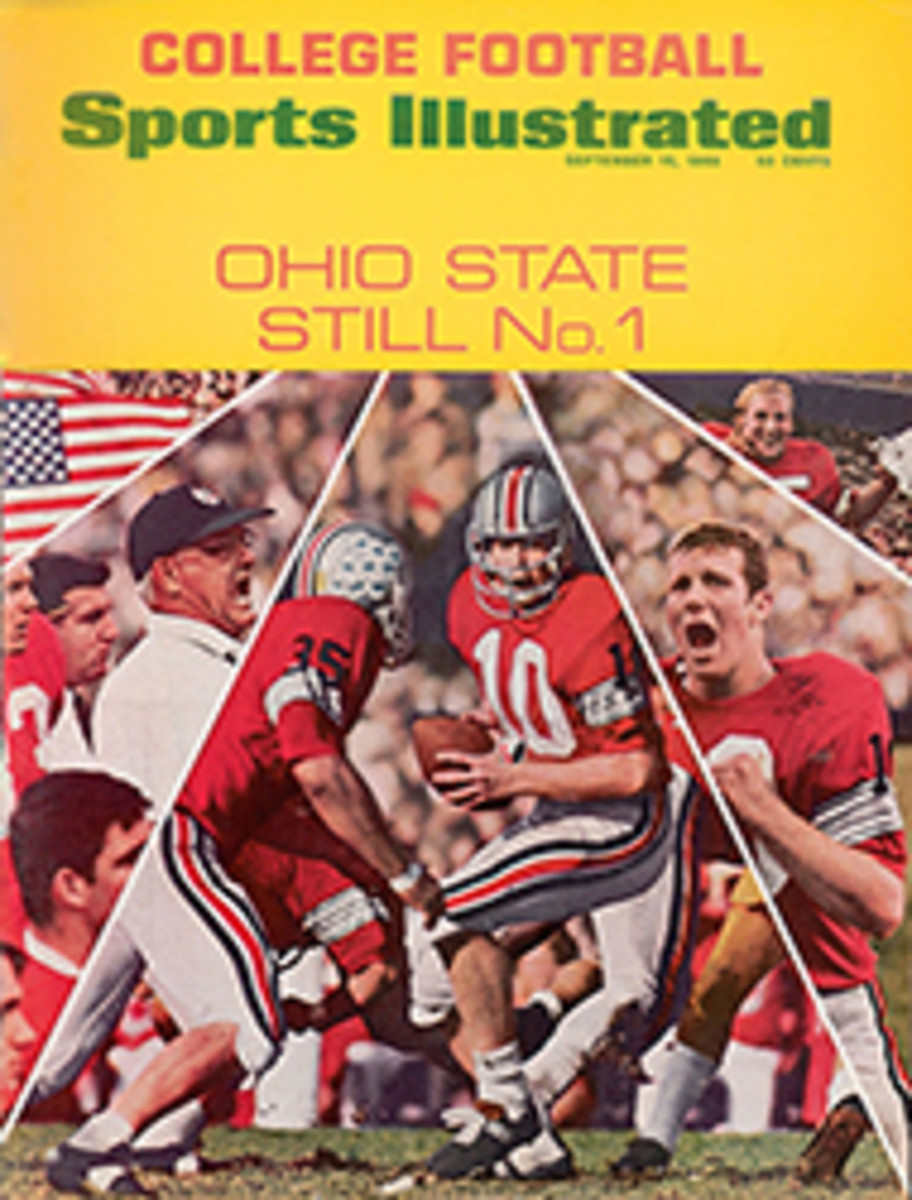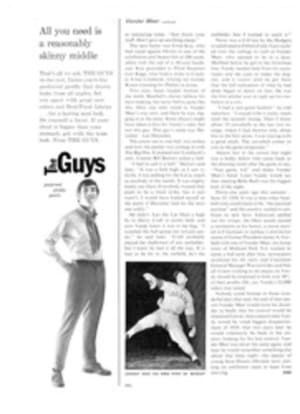
Second Time for Vander Meer
As soon as he came out on the field to begin his warmup pitches, he was conscious of the crowd. Brooklyn's Ebbets Field was not exactly a joyful place for young Johnny Vander Meer. The Flatbush fans—the loudest and loyalest in baseball history—loved to mock, his pitching motion, his "rocking chair," as the sportswriters dubbed it. "One" the crowd would chant as he dipped down, "two" as his arms came overhead, "three" as the right leg kicked, "four" as the torso rocked forward and the ball was released. Anytime Vander Meer pitched in Flatbush it was an adventure, but this night was something more.
Maybe it was the lights. It was the first official major league game ever played at night in New York City or anywhere outside Cincinnati, for that matter. The 615 floodlights tinted the grass a surrealistic green, and already, in the dugouts, the players were grumbling.
"This screwy schedule gets your stomach shot to hell," said one Dodger. "You're eating a steak dinner at midnight and colliding with yourself getting up for batting drill the next day."
More likely it was not the night game but that other thing, the no-hitter, that was in the mainstream of Vandy's consciousness. Four days earlier he had pitched it against the Boston Bees in Cincinnati, and the fans in Flatbush were letting him know they knew all about it—with razzberry jam Brooklyn style.
Official paid attendance that night was 38,748—one of the largest crowds ever to attend a game at Ebbets Field. Three bands performed on the field, and Jesse Owens, the Olympic star, gave an exhibition of running as if to prove to what depths sports heroes can be reduced in short periods of time. Only two years after his historic Olympic triumphs in Hitler's Germany, Jesse was barely getting along as a promoter of all-Negro baseball and basketball teams. Trying to make ends meet, he moonlighted by doing exhibitions.
It was 9:23 when the first pitch was thrown to Cincinnati's leadoff batter, Second Baseman Lonnie Frey. In the third inning the Reds scored four runs, thanks mainly to Frank McCormick's three-run homer into the left-field bleachers. Meanwhile, although the chanting fans were doing their best to psych him out, Vander Meer hung goose egg after goose egg next to Brooklyn's name on the scoreboard. The sixth inning passed, then the seventh, and still the Dodgers didn't have a run—or hit. However, by now Vander Meer was thinking about it—and so were his teammates.
Then, in the bottom of the eighth inning, a strange thing happened. The Brooklyn crowd got to its feet, not to further harass the man with the rocking-chair pitch, but to cheer him. As Vander Meer walked toward the mound for the bottom of the ninth, illuminated by 92 million candlepower, the crowd was beside itself. The first Dodger batter, Buddy Hassett, hit a slow roller down the first-base line and Vandy tagged him out.
Two to go.
Then Babe Phelps walked. So did Cookie Lavagetto. And Dolf Camilli. On the mound Vander Meer looked anxiously at the Reds' dugout and, sure enough, here came the manager, Bill McKechnie. A pitcher began warming up in the Reds' bullpen. The crowd yelled, "Leave him in," which is exactly what McKechnie intended to do.
"John, you're trying to put a little too much on the ball," said McKechnie in reassuring tones. "Just throw your stuff. Don't give up anything cheap."
The next batter was Ernie Koy, who had raced against Owens in one of the exhibitions and beaten him at 100 yards, albeit with the aid of a 10-yard handicap. Koy grounded to Third Baseman Lew Riggs, who fired a strike to Catcher Ernie Lombardi, forcing out Goody Rosen (running for Phelps) at home.
Two outs, bases loaded, bottom of the ninth. Baseball's classic tableau for hero-making, but never before quite like this. Only one man stood in Vander Meer's way now, and there he was, digging in at the plate. Some players might have taken a dive for Vandy's sake, but not this guy. This guy's name was Durocher—Leo Durocher.
The count ran to one ball, two strikes and now the pitcher was coming in with The Big One. It popped into Lombardi's mitt. Umpire Bill Stewart called a ball.
"I had to call it a ball," Stewart said later. "It was a little high, as I saw it. Golly, I was pulling for the kid as much as anybody in the stands. It was mighty lonely out there. Everybody wanted that pitch to be a third strike, but it just wasn't. I would have kicked myself in the pants if Durocher had hit the next one safely."
He didn't. Leo the Lip lifted a high fly to Harry Craft in center field, and now Vandy knew it was in the bag. "I watched the ball going out toward center," he said later. "Craft probably played the shallowest of any outfielder, but I knew he had it all the way. If it had to be hit to the outfield, he's the outfielder that I wanted to catch it."
Never was a 6-0 loss by the Dodgers so celebrated at Ebbets Field. Fans vaulted over the railings to rush at Vander Meer, who seemed to be in a daze. Mobbed before he got to the third-base line, Vandy needed help from his teammates and the cops to make the dugout, and it wasn't until he got there that the full realization of what he had done began to dawn on him. He was the first pitcher ever to rack up two no-hitters in a row.
"I had a real good fastball." he told reporters. "I stayed with it pretty much until the seventh inning. Then I threw about 15 curveballs in the last two innings, where I had thrown only about five in the first seven. I was staying with a good pitch. The curveball comes to you as the game progresses."
Almost lost in the crowd that night was a bulky fellow who came back to the dressing room after the game to say, "Nice game, kid" and shake Vander Meer's hand. Later Vandy would say that meeting Babe Ruth was his biggest kick of the night.
Thirty-one years ago this summer—June 15, 1938. It was a time when baseball truly could claim to be "the national pastime" and the country rushed to embrace its new hero. Editorials spelled out his virtues, the Ohio senate passed a resolution in his honor, a move started in Cincinnati to replace a downtown statue of former President James A. Garfield with one of Vander Meer, his home town of Midland Park N.J. wanted to name a ball park after him, newspapers serialized his life story and Cincinnati General Manager Warren Giles said that all writers wishing to do pieces on Vandy should be prepared to fork over 50% of their profits. Oh, yes. Vandy's $3,000 salary was raised.
Nobody could foresee in those wonderful days that near the end of that season Vander Meer would twist his shoulder so badly that his control would be impaired forever, that a season later Vandy would be voted biggest disappointment of 1939, that two years later he would voluntarily be back in the minors, looking for his lost control. Vander Meer was never the same again, and later he would remember something else about that June night—the specter of young Jesse Owens, Olympic hero, putting on exhibition races to keep from starving.
PHOTO
JOHNNY HAD HIS OWN KIND OF WINDUP

